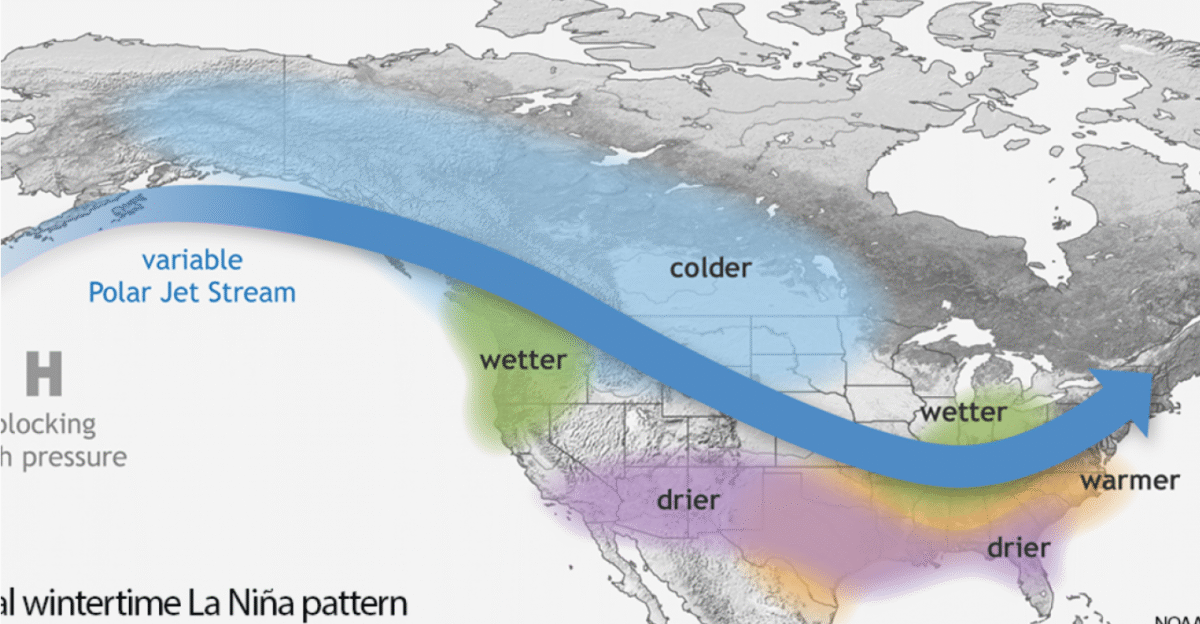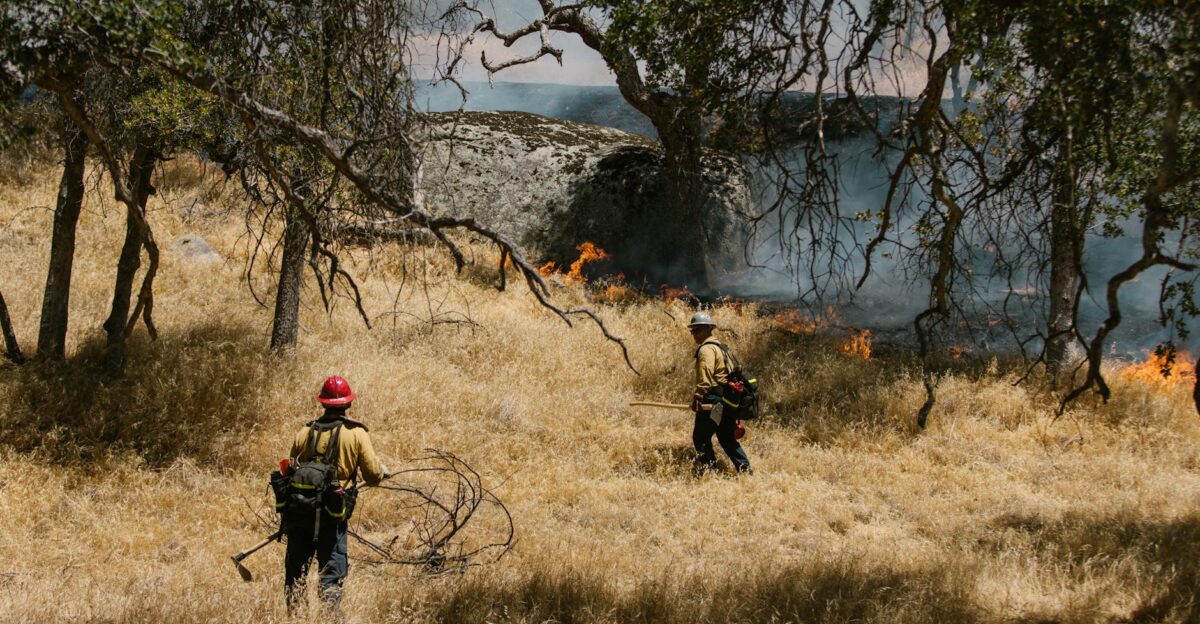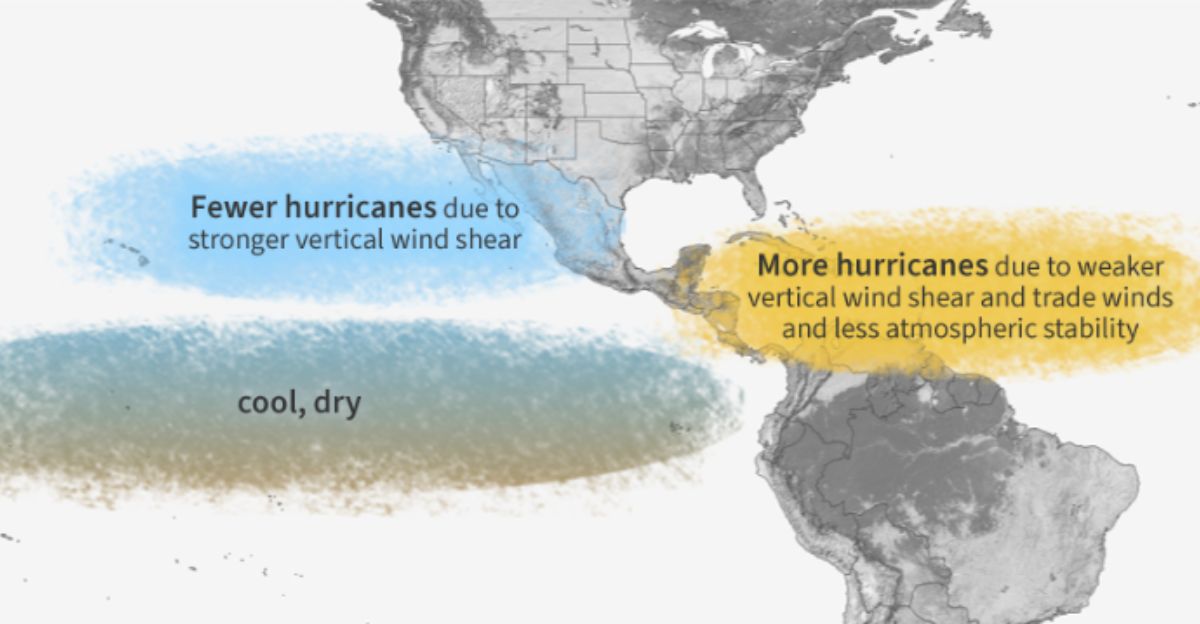
The tropical Pacific Ocean has entered a new cooling cycle. The National Oceanic and Atmospheric Administration officially declared La Niña conditions on October 9, 2025, signaling the arrival of a natural climate phenomenon expected to reshape weather patterns across North America through early 2026. As cooler ocean temperatures take hold in the equatorial Pacific, scientists warn that up to 150 million Americans may experience significant disruptions spanning agriculture, energy production, transportation, and emergency management this winter season.
While forecasters characterize this particular La Niña as weak, its concentrated winter effects carry substantial economic and environmental consequences. Historical precedent suggests the potential damage: a 1999 economic study found that La Niña-induced drought cost U.S. agriculture between $2.2 billion and $6.5 billion, establishing the scale of impacts communities now face.
How Ocean Temperatures Reshape Continental Weather

La Niña occurs when sea-surface temperatures in the central and eastern equatorial Pacific fall below historical averages, disrupting atmospheric circulation patterns that cascade across the globe. This cooler oceanic state triggers predictable weather consequences: northern regions of the United States typically experience enhanced precipitation and snowfall, while southern states face intensified drought and heat stress.
The current event reflects part of a broader oscillation called the El Niño-Southern Oscillation, a natural climate cycle that alternates between warming and cooling phases. According to the Climate Prediction Center’s forecast models, La Niña conditions are expected to persist through December 2025 into February 2026, with an approximate 55 percent probability of transitioning to neutral conditions by spring.
Agricultural and Energy Sectors Brace for Impact

Farmers across Texas, Louisiana, Georgia, and neighboring states confront a precarious season. La Niña’s typical pattern—reduced precipitation coupled with above-average temperatures in southern regions—threatens crop yields at a critical juncture for winter planting cycles. Energy providers simultaneously prepare for supply chain complications, as drought conditions could strain hydroelectric generation and water resources essential for cooling thermal power plants.
Jon Gottschalck, chief of the operational prediction branch of the Climate Prediction Center, emphasized the seasonal specificity of La Niña’s influence. “While La Niña is considered a weak event,” he stated, “its impact is strongest in winter,” explaining why meteorologists incorporate the pattern prominently into seasonal forecasts despite its overall moderate strength.
Transportation networks face compounding complications. Shipping delays on drought-stressed waterways, elevated demand for road salt in northern regions, and increased weather-related disruptions threaten logistics efficiency. The interconnected nature of these economic sectors means disruptions propagate rapidly across supply chains, potentially elevating consumer costs for agricultural products and energy.
Wildfire Threats and Emergency Response Challenges

Southwestern and southeastern fire-prone regions face escalating risk as persistent drought conditions persist through the winter months. The combination of low precipitation forecasts and existing soil moisture deficits creates conditions favorable for increased fire activity, particularly in spring 2026 if snowpack remains light. Emergency management agencies nationwide are reassessing resource allocation and prepositioned equipment in anticipation of intensified seasonal demands.
The convergence of multiple climate stressors—drought, temperature fluctuations, and erratic precipitation patterns—tests the operational capacity of fire services, emergency response teams, and disaster management agencies. Communities in high-risk zones are revising evacuation protocols and community preparedness initiatives to address these emerging threats.
Global Context and Long-Term Implications

The World Meteorological Organization notes that even moderate La Niña events occurring within the context of broader climate change can amplify extreme weather outcomes globally. Above-average global temperatures persisting despite La Niña’s cooling influence underscore how larger climatic trends interact with this seasonal phenomenon, potentially intensifying impacts beyond historical norms.
This pattern mirrors broader challenges: La Niña episodes have increased in frequency over recent decades, appearing five times in the past six years. The convergence of cyclical climate patterns with anthropogenic climate change creates complex forecasting challenges and underscores the importance of adaptive resilience strategies.
Looking Ahead: Preparation and Coordination
As stakeholders across agriculture, energy, transportation, and emergency management mobilize response strategies, success hinges on data-driven decision-making and inter-agency coordination. Federal and state agencies are intensifying collaboration on forecast accuracy and resource deployment, recognizing that precise predictions translate directly into economic savings.
The months ahead will test whether coordinated preparation efforts adequately protect vulnerable communities and sectors. Adaptive strategies—from crop selection adjustments to contingency logistics planning—offer pathways to mitigate losses. As the winter season unfolds, the effectiveness of these preparedness initiatives will reveal whether communities can weather this natural climate disruption without substantial economic or social harm.